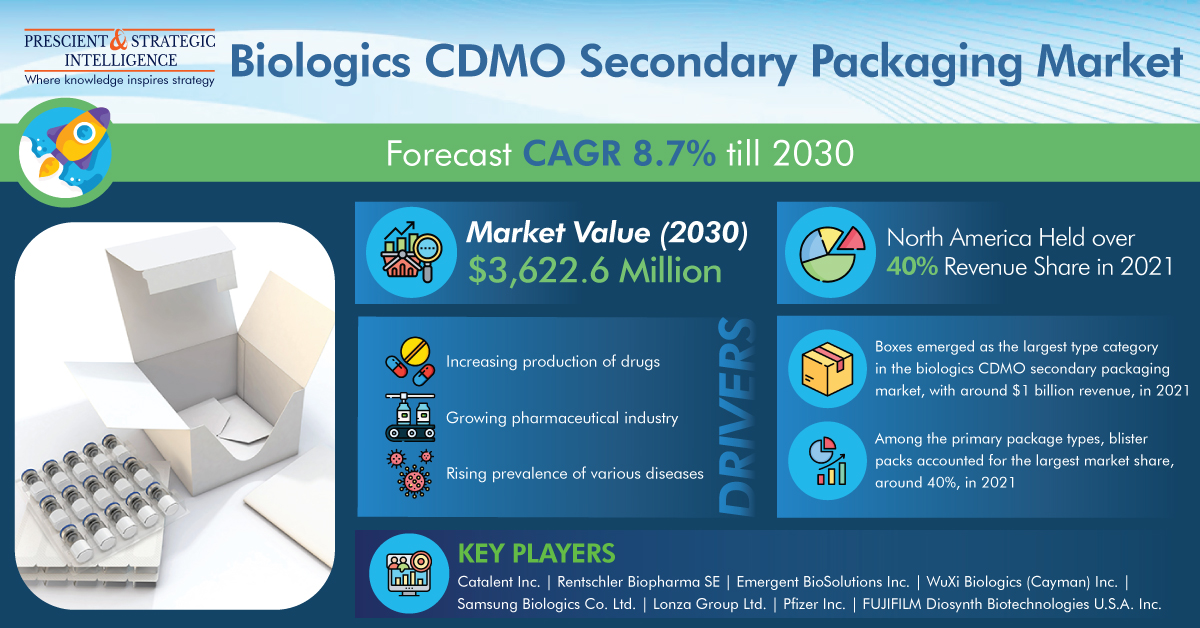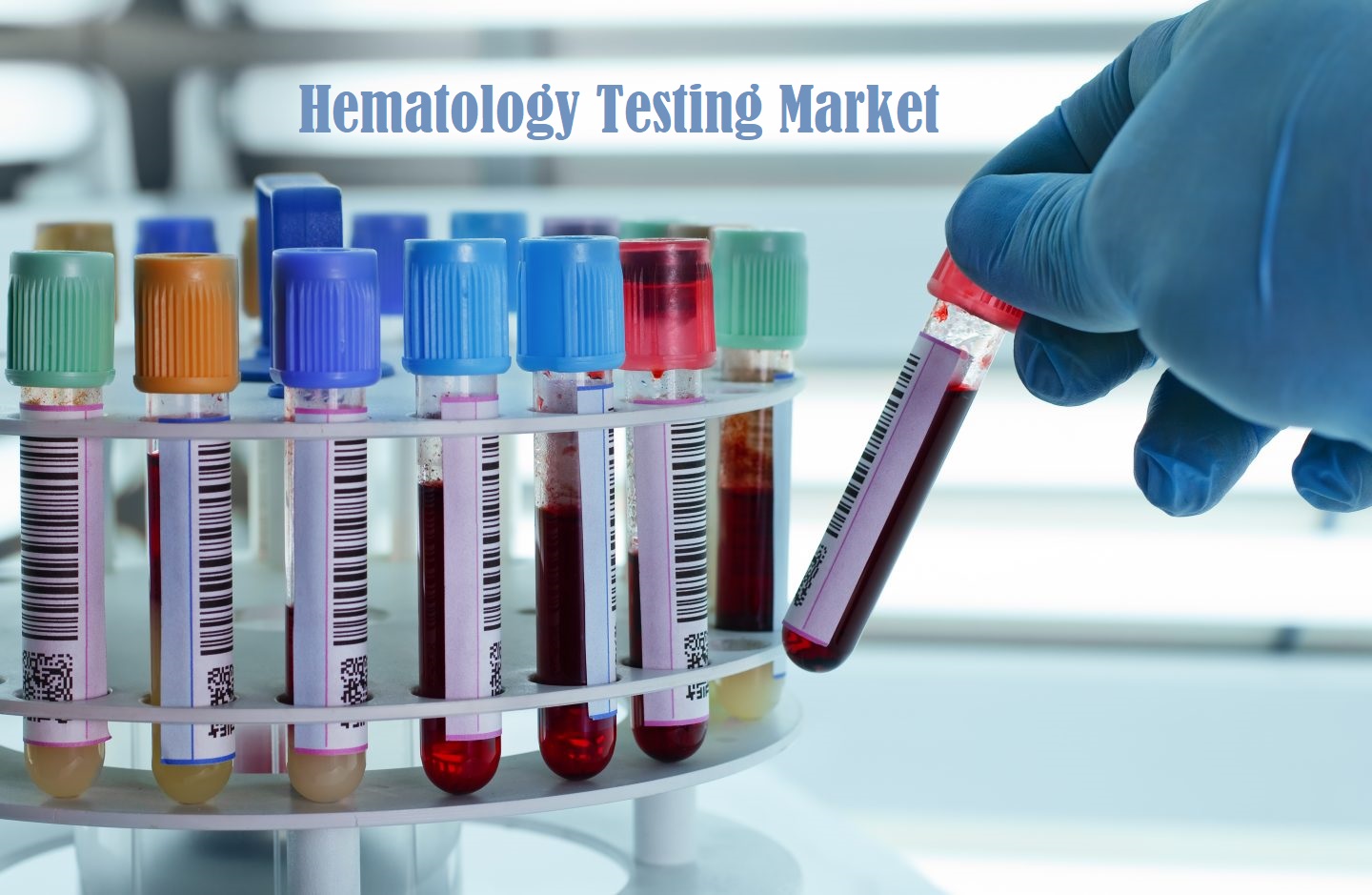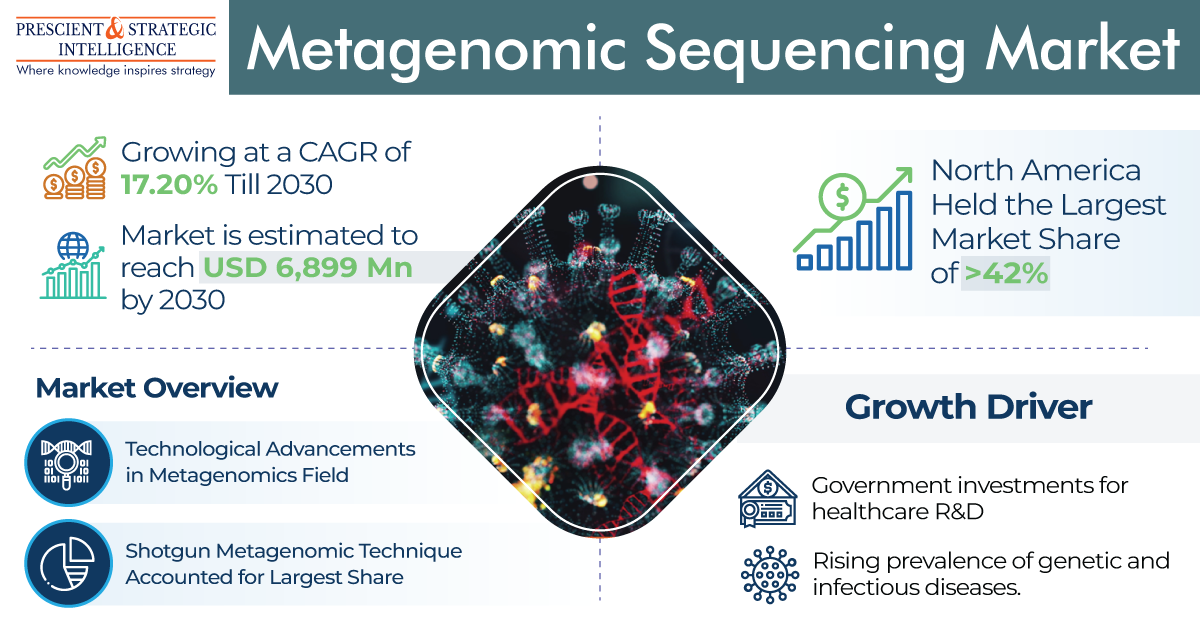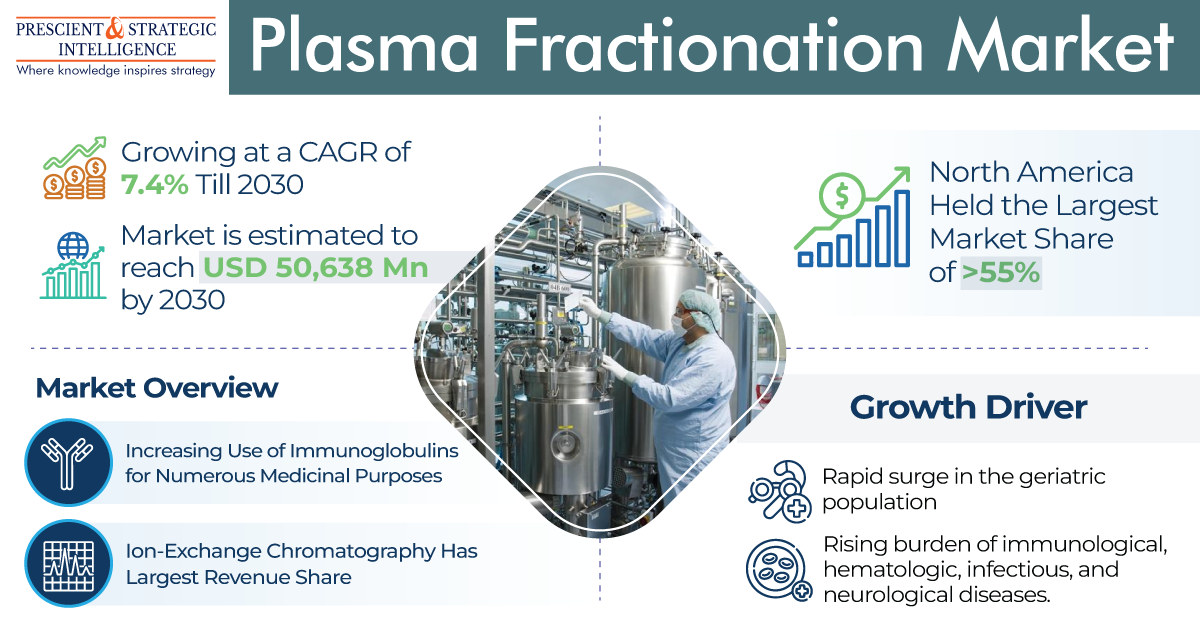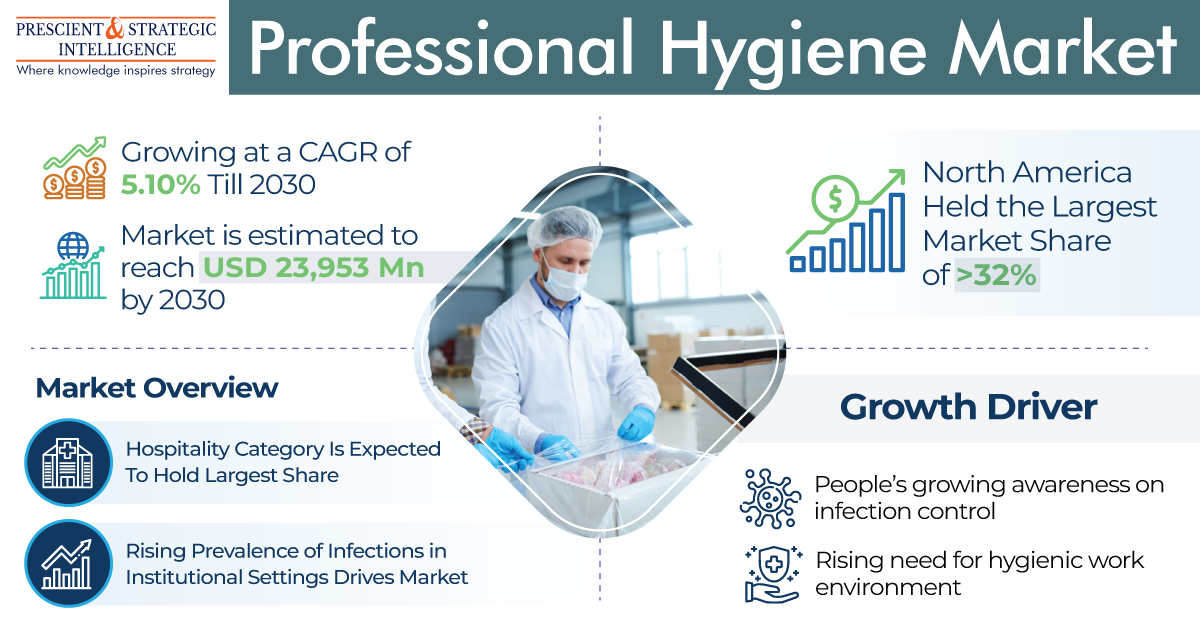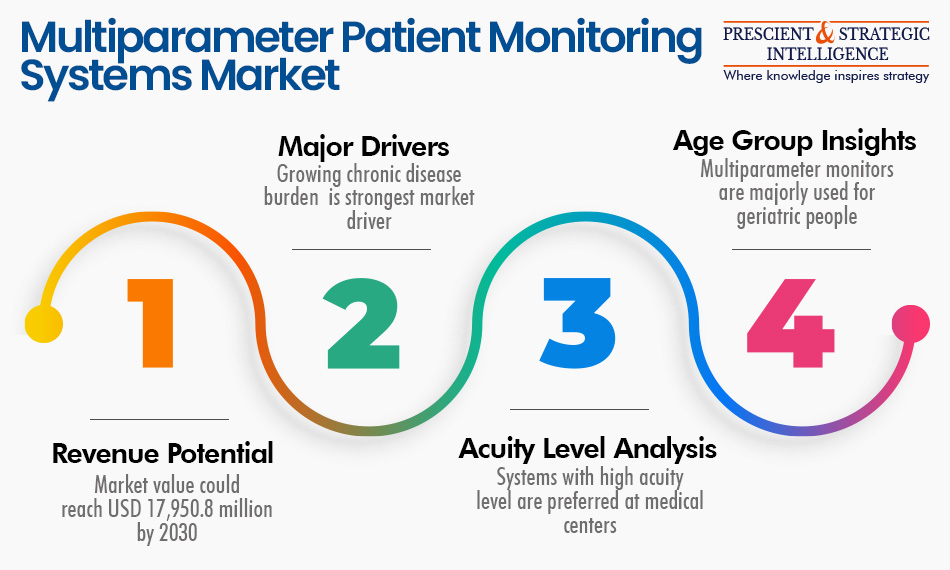Downstream processing can be defined as the series of operations for biological materials such as plant tissues, tissue culture fluid, and cells to derive them from a homogenous product. The rising expenditure on research & development in the biopharmaceutical sector, along with the growing prevalence of contract manufacturing organizations, and the expansion of the biotechnology sector leads to increasing adoption of downstream processing.
In 2021, the downstream processing industry generates $21.1 billion, and it is expected to capture $51.0 billion in 2030, advancing at a rate of 10.3% from 2021 to 2030. The product is initially enclosed in the biological matrix with a massive number of varying non-target molecules. Moreover, downstream processing involves multiple processes that incrementally boost the target’s purity by exploiting its chemical and physical properties, making it distinct from contaminants.
Downstream processing involves harvesting and clarification steps for separating bulk contaminants from it such as carbohydrates, particulates, and oils, after polishing and capturing, and refining the feed stream till only the target product is left.
Moreover, downstream processing for energy effectiveness constitutes multistage unit operations after upstream processes that help in the enhancement of the final product’s quality in terms of both purity and concentration.
The major objective of downstream processing, along with maximizing the recovery rate of the product, is to minimize the production cost. The cost-effective production largely relies on the product’s nature, selection of feedstocks, as well as fermentation process, along with immobilized cells fermentation, free cells, and catalyst types.
In addition, downstream processing is an integral part of the entire production process, and numerous factors affect it. Along with bioprocess, raw materials usage, and specifications of the final product relies on DSP. It includes formulation, or direct in situ use, such as polymerization. Around 50% to 90% of the total production cost is consumed by the DSP.
The selection of the DSP relies on the type of microorganism, fermentation process, product substrate, along with target application. Varying combinations of steps with varying unit operations are utilized in most cases. As it is mentioned, numerous by-products could be generated from succinic acid fermentation, possessing similar structures and properties, such as lactic acid, and malic acid, along with their selective separation that largely affects DSP costs.
Downstream processing constitutes all unit operations after fermentation to enhance the final product, ethanol’s purity. Usually, combinations of molecular sieving and distillation are used for ethanol purification.
Ethanol contains only 5% of moisture, that is dehydrated while using azeotropic distillation. The water presence improves ethanol’s molecular polarity and keeps it separate when mixed with gasoline. Entrainer, a third chemical is then added, in azeotropic distillation. In large-scale ethanol purification, molecular sieving methods are implemented, as azeotropic distillation is expensive.
In the pharmaceutical sector, downstream processing holds a greater prominence in significantly reducing the whole manufacturing process cost. Microfiltration, ultrafiltration, nanofiltration, and reverse osmosis are largely utilized for pharmaceuticals’ downstream processing due to ease of operations.
Therefore, downstream processing is essential and holds a greater prominence in the biopharmaceutical, and biotechnology sectors in significantly reducing the operational cost.



